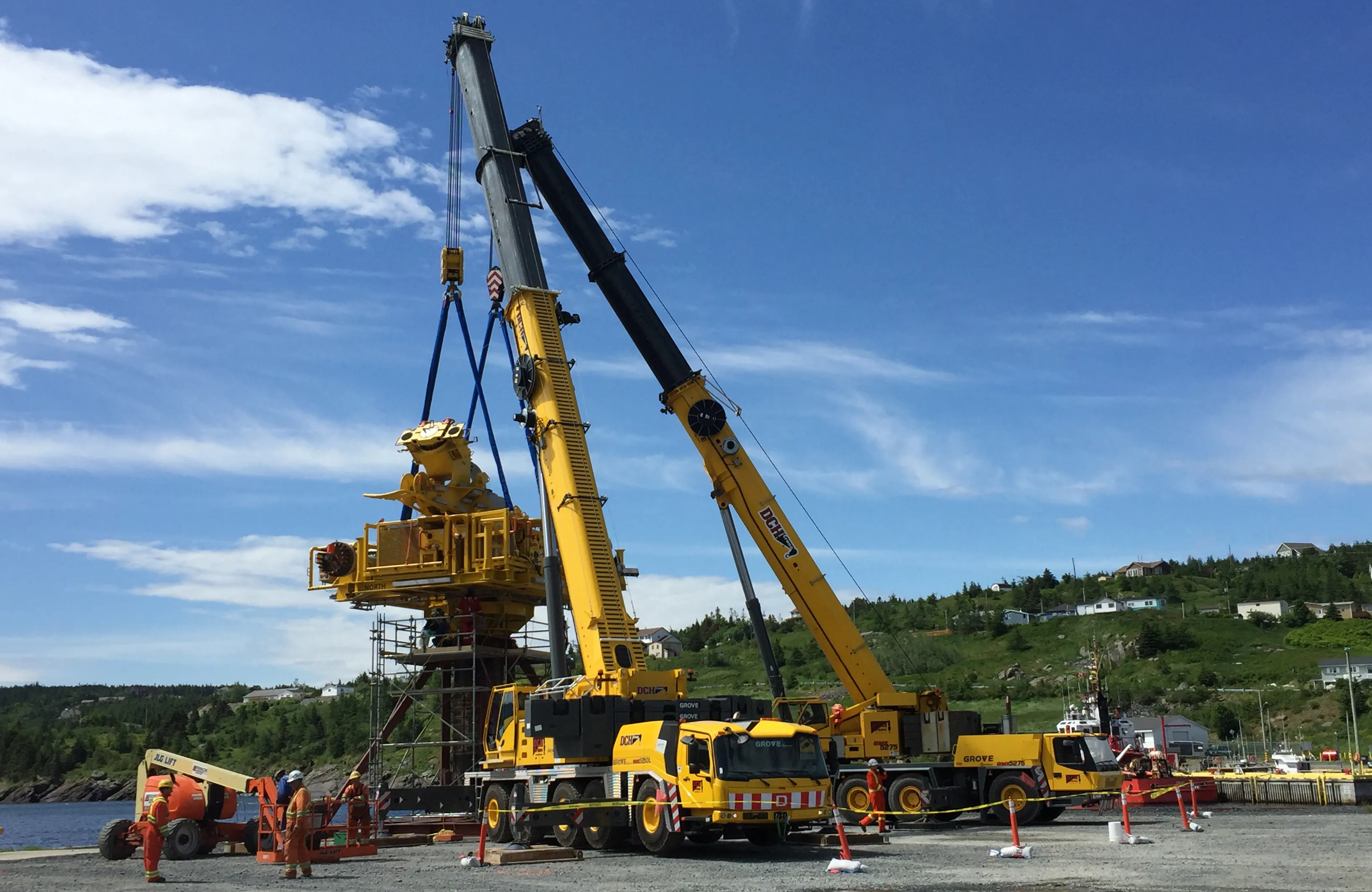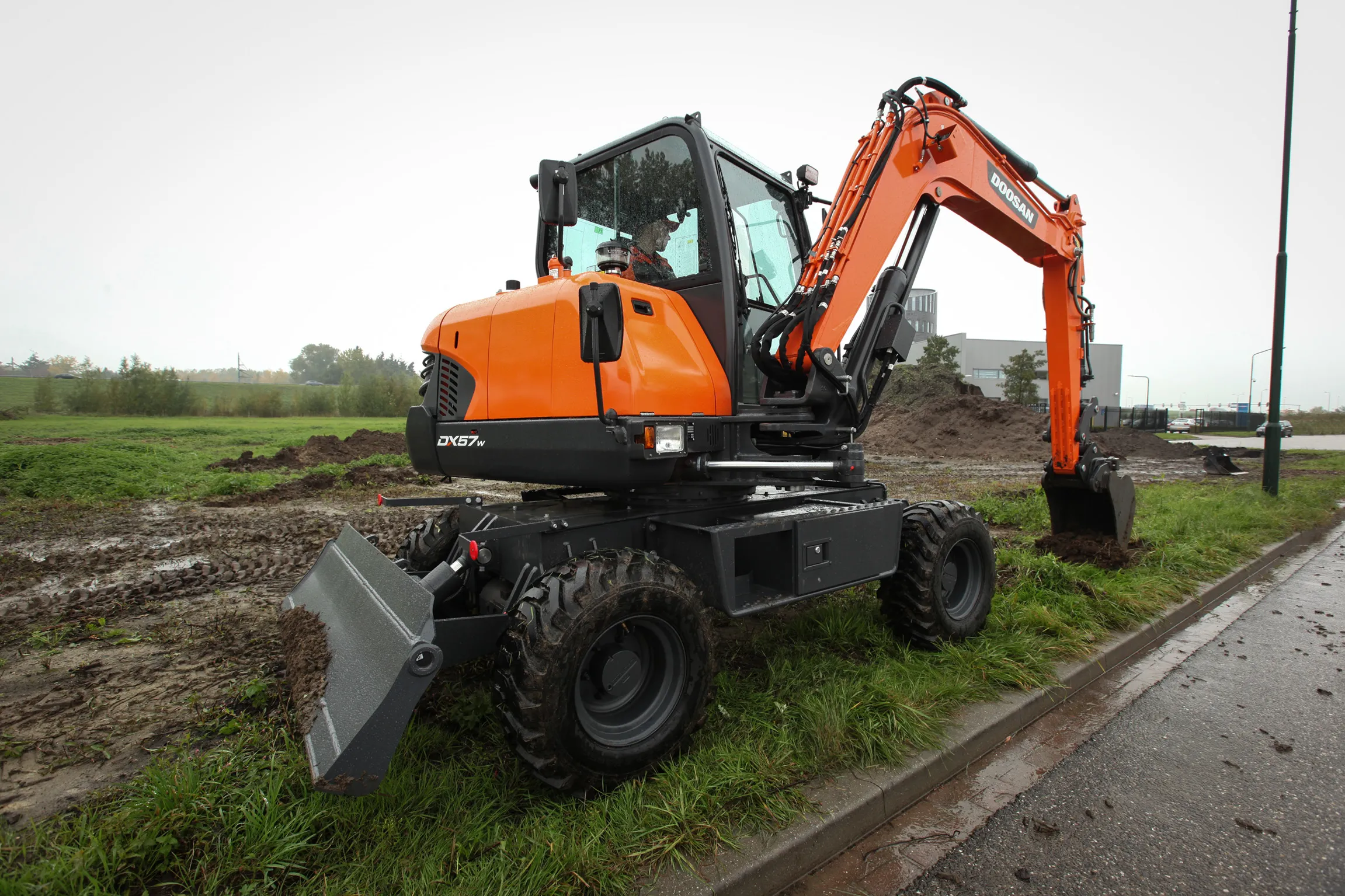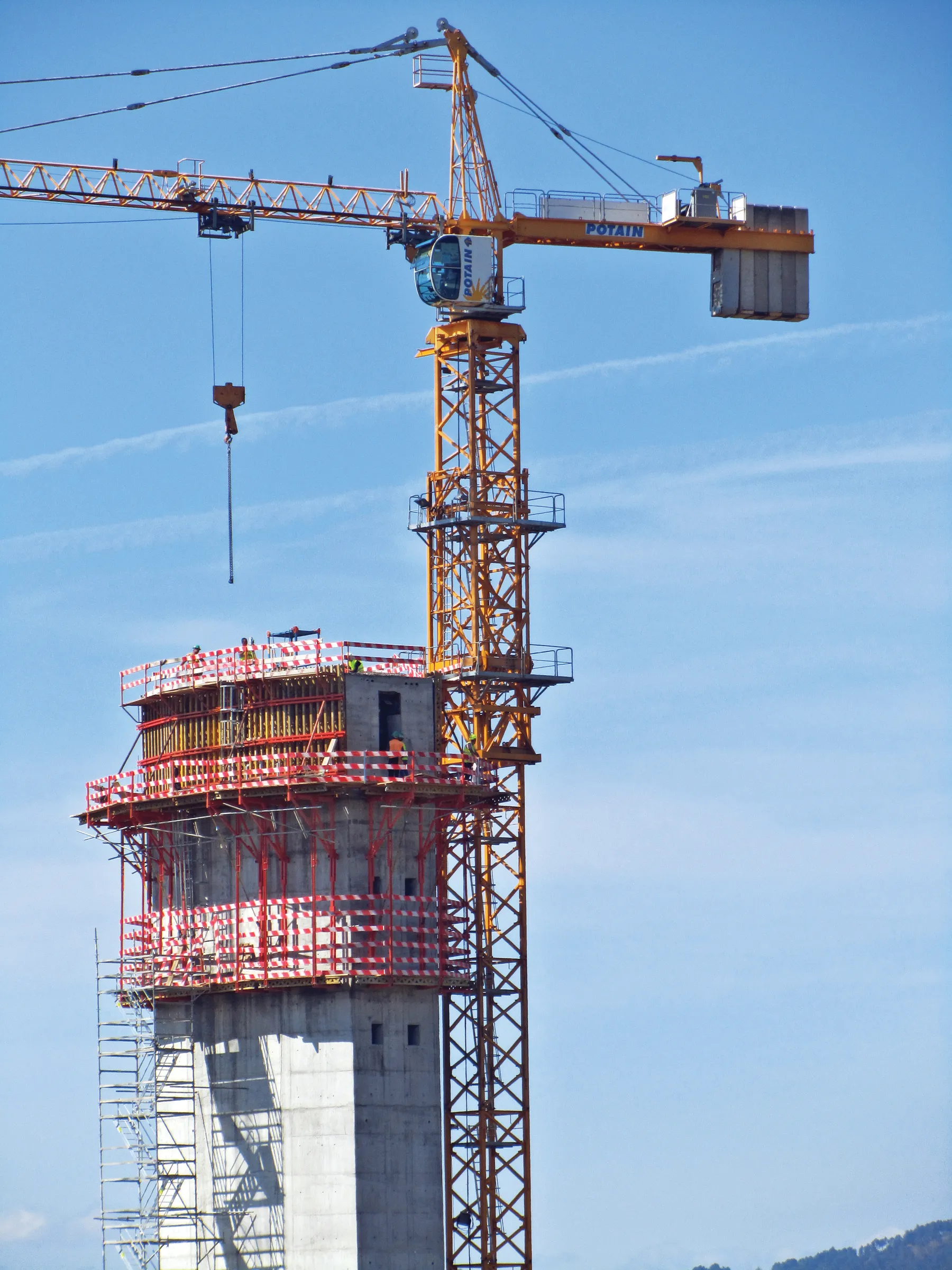
A single Tier 4 Final engine powers both of
The engine drives both the carrier and superstructure, reducing overall weight and lowering fuel consumption, which leads to lower operating and maintenance costs.
The “L” designation indicates long boom allowing the models more reach for a variety of applications, such as tower crane assembly, narrow lifts in congested cities or reaching over buildings to complete HVAC projects.
The GMK5250L has a 70m boom while the GMK5150L boasts a 60m boom.
Grove also offers the GMK5150 with a shorter, 51m boom and slightly increased load charts. Manitowoc says that the MEGAFORM shaping and Twin-Lock pinning ensure these hydraulic booms are among the most stable on the market.
The GMK5150L and GMK5250L also feature Manitowoc’s Crane Control System (CCS) that now features on every new all-terrain crane model, as well as crawler cranes, rough-terrain cranes and tower cranes. This makes it easier for fleets to operate and maintain a standardised set of crane controls across several crane types. Its Boom Configurator Mode makes it quick and easy for operators to select optimum boom positions for lifts.
Specifically, the five-axle Grove GMK5150L has a 150tonne capacity, making it the leader in its class. Its class-leading characteristics are retained both when configured with its maximum counterweight for maximum lifting capacity or for partial counterweight configurations. Due to the very low gross vehicle mass for a crane this size, more counterweight can be carried while still meeting the criteria for various road regulations in North America.
Maximum counterweight for the crane is 45tonne, which allows for an overall load chart increase of up to 20% over the previous generation GMK5165-2. With a capacity of 11.8tonnes with its boom fully extended, Manitowoc says the GMK5150L is ideal for tower crane assembly or where strength at height is needed.
The crane can carry up to 7.9tonnes of counterweight in the boom over front travel configuration—if roading regulations permit—enabling the crane to achieve a Gross Vehicle Weight of less than 12tonnes/axle. In addition, models in this range are equipped with attaching points that accommodate a boom dolly for areas that require travel in the trailing boom configuration.
Manitowoc says the 250tonne capacity GMK5250L was the first mobile crane to feature the VIAB turbo clutch module that eliminates fluid overheating and clutch burning while simultaneously delivering improved fuel economy. The VIAB module also enables class-leading maneuverability and driver comfort by working in tandem with the crane’s integrated retarder, resulting in wear-free braking and starting.
With its 12tonne/axle configuration, and dimensions suited to global roading requirements, the compact GMK5250L offers excellent roadability. Special attention has been given to the appropriate axle-group spacing, and specifically, the fact that this exceeds 2.4m—a strict requirement for roading mobile cranes in North America.
Other features on the GMK5250L include interchangeable counterweight slabs. These can also be shared among the GMK5180-1, GMK5200-1 and GMK6300L models. There is a self-rigging auxiliary hoist which is interchangeable with cranes in the GMK line from the GMK5180-1 up to GMK6300L.








